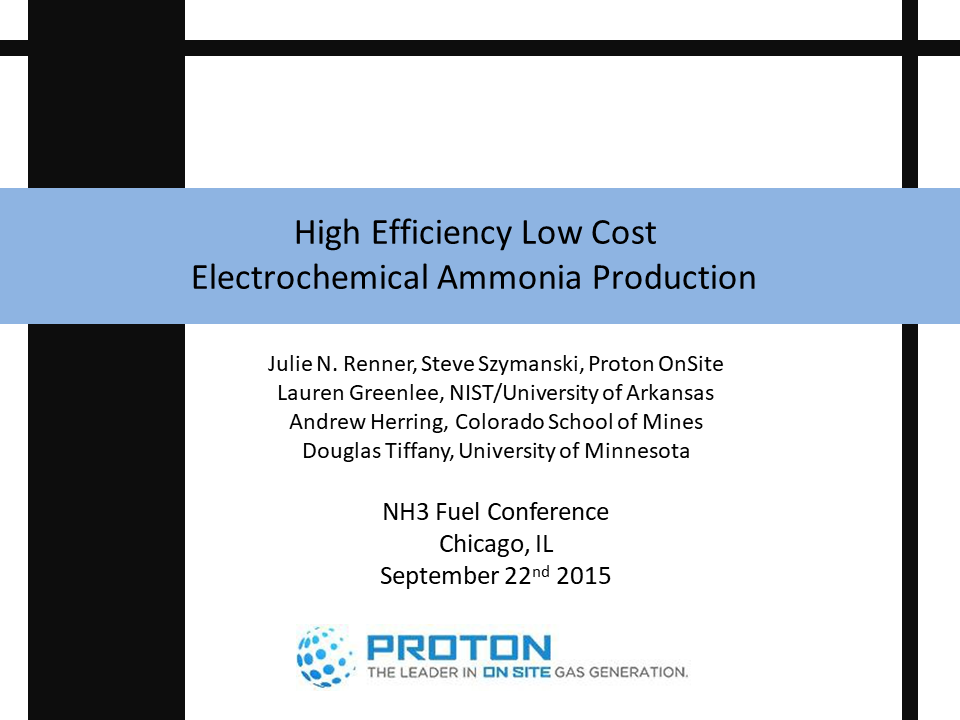Presentation
Enhanced Electrochemical Ammonia Production Via Peptide-Bound Metal
Approximately half of the people on the planet are alive because of synthetically produced ammonia. However, due to the fossil fuels used in the current ammonia synthesis process, its production contributes a significant amount to the world’s greenhouse gas emissions. Haber-Bosch synthesis, which is the most widely used method of producing synthetic ammonia today, requires high temperatures (400-500 °C) and pressures (150-200 atm). This process is also energy intensive, consuming approximately 2% of worldwide energy. By taking an electrochemically-based approach to ammonia synthesis, those harsh conditions and emissions can be eliminated. However, current catalysts are not selective for the desired…




